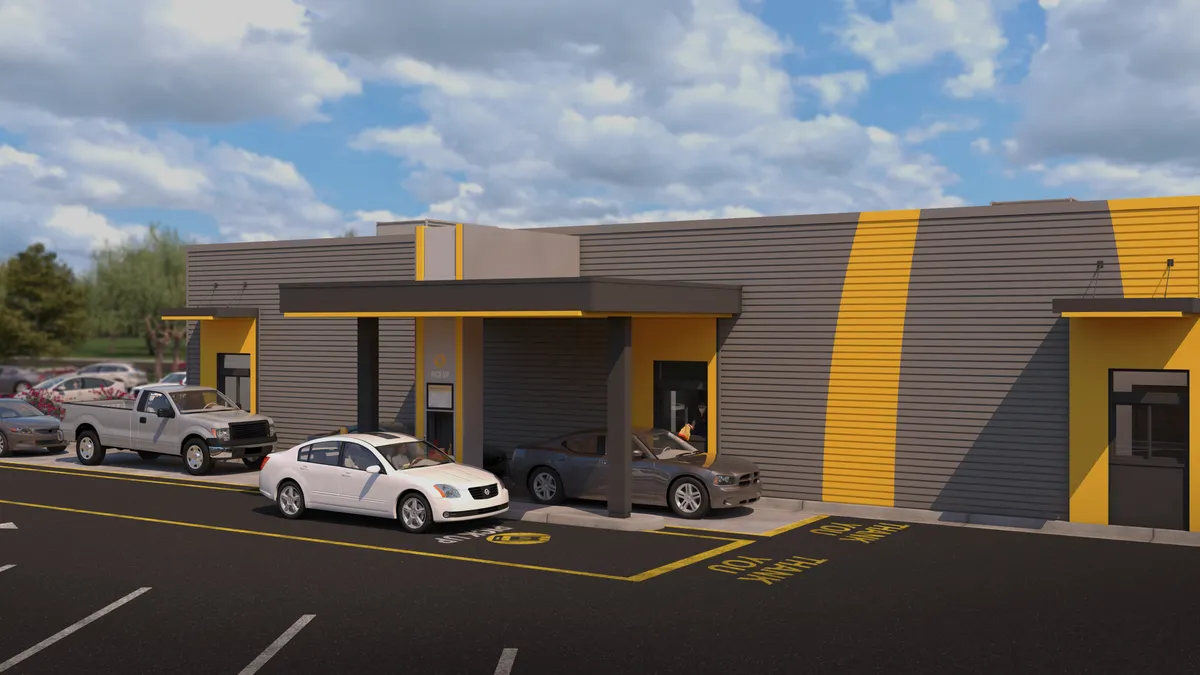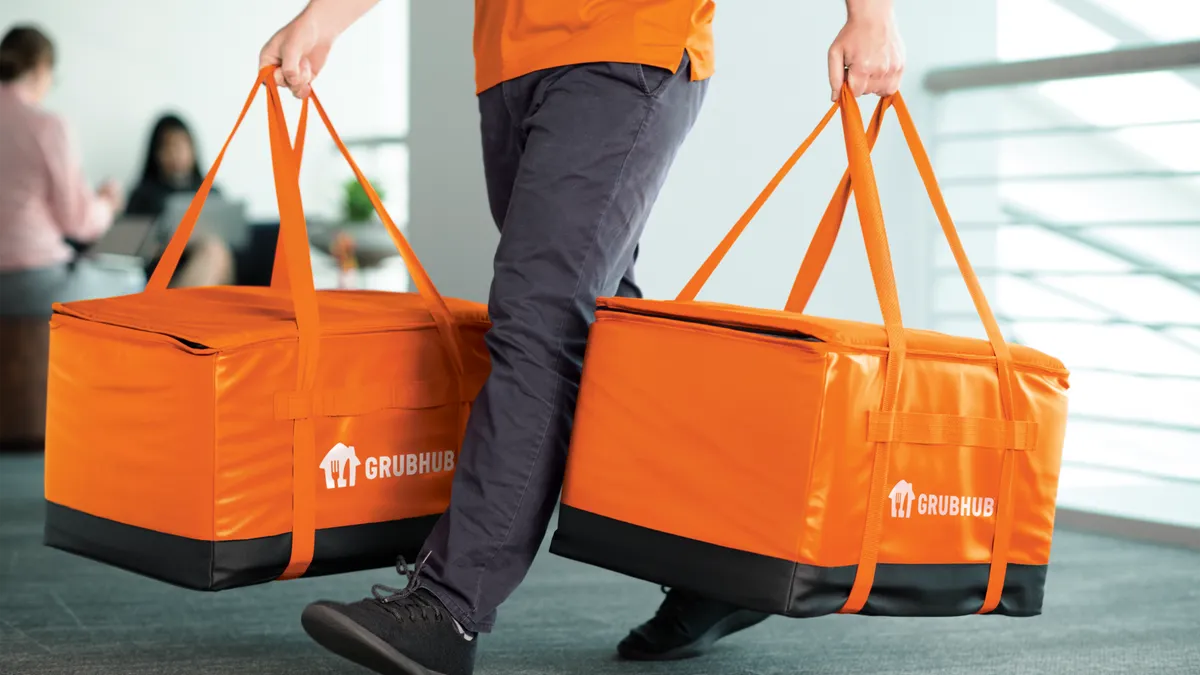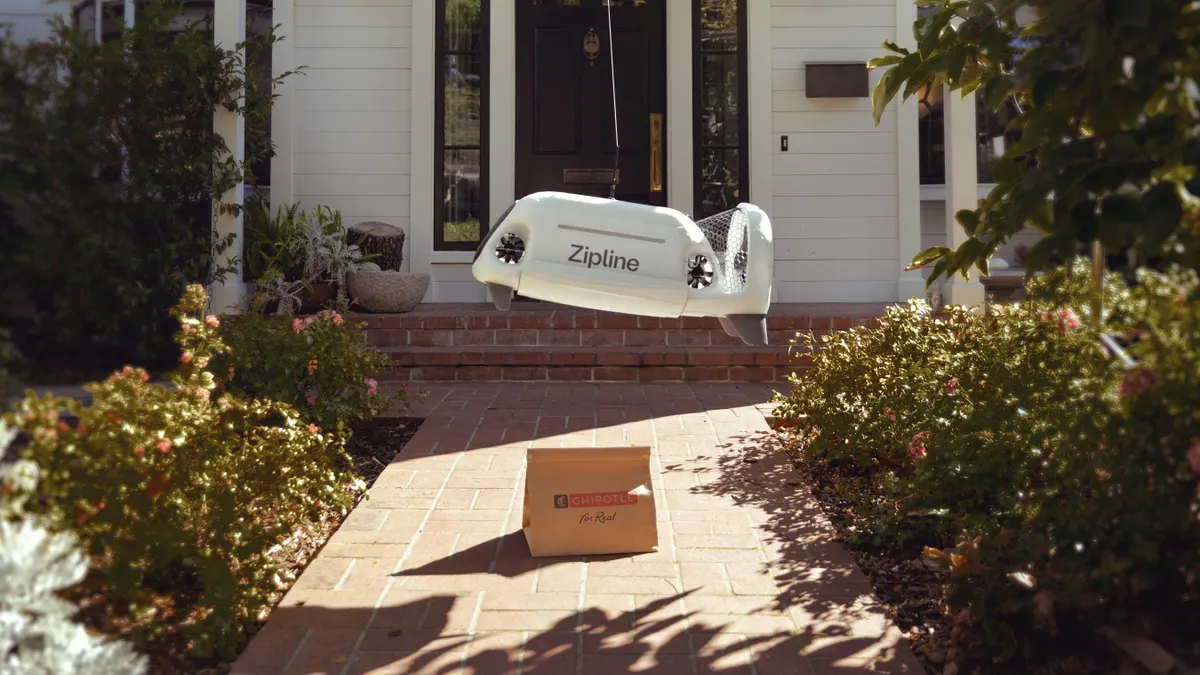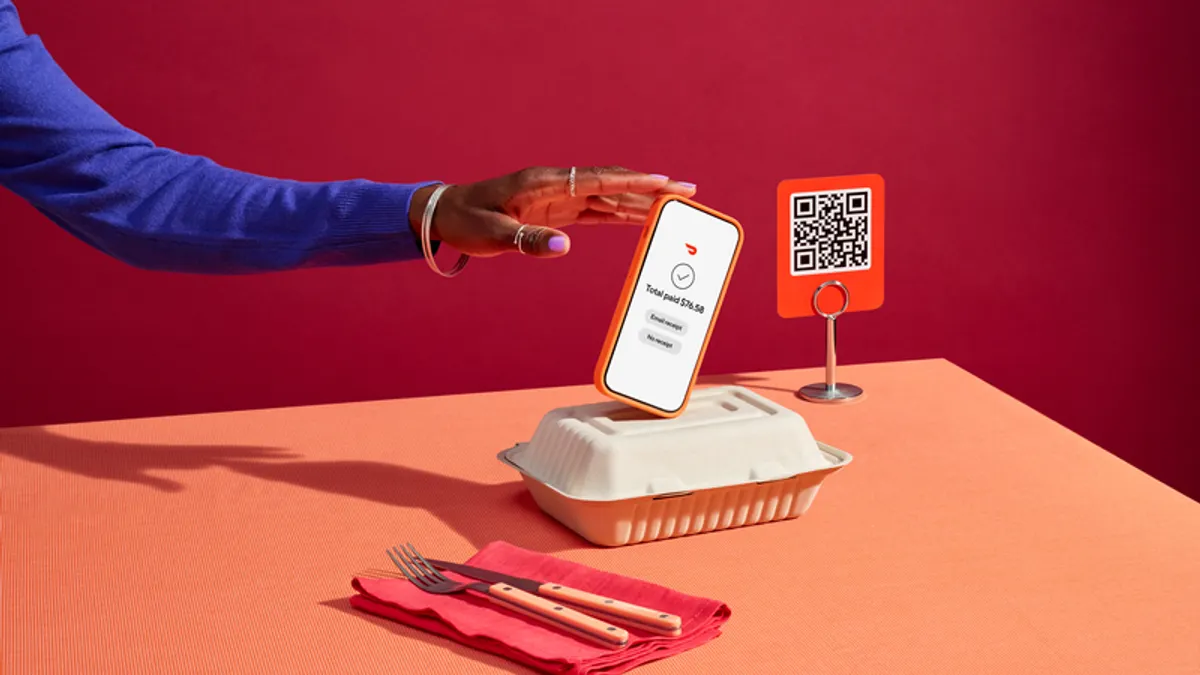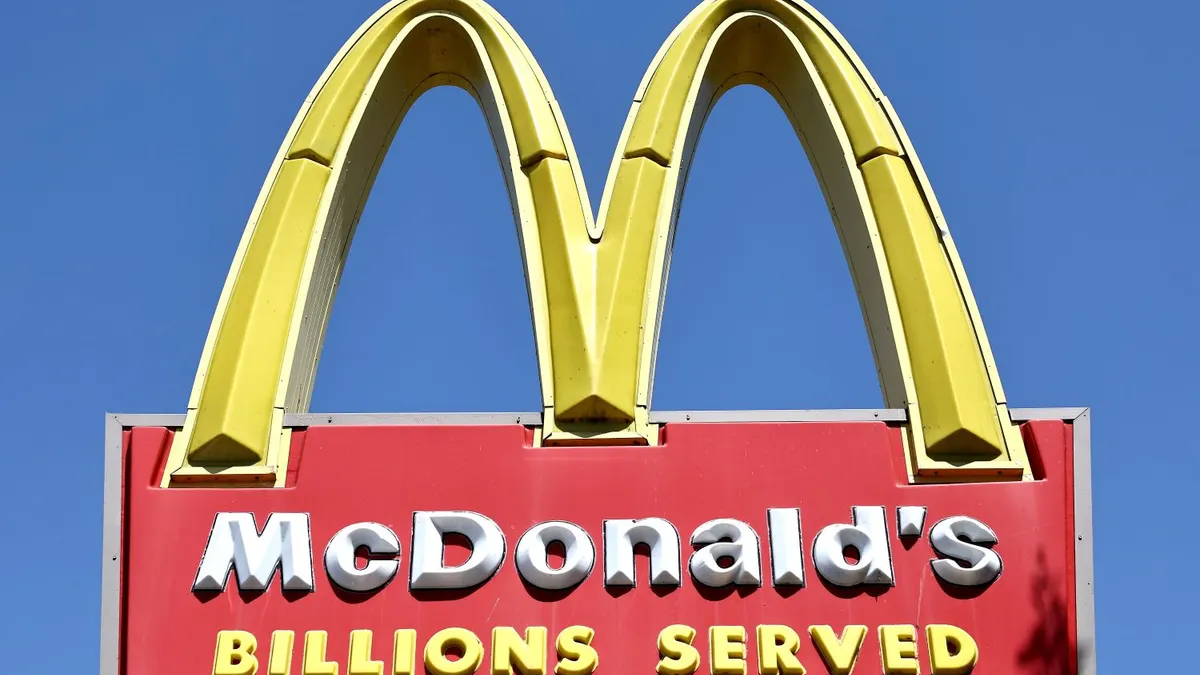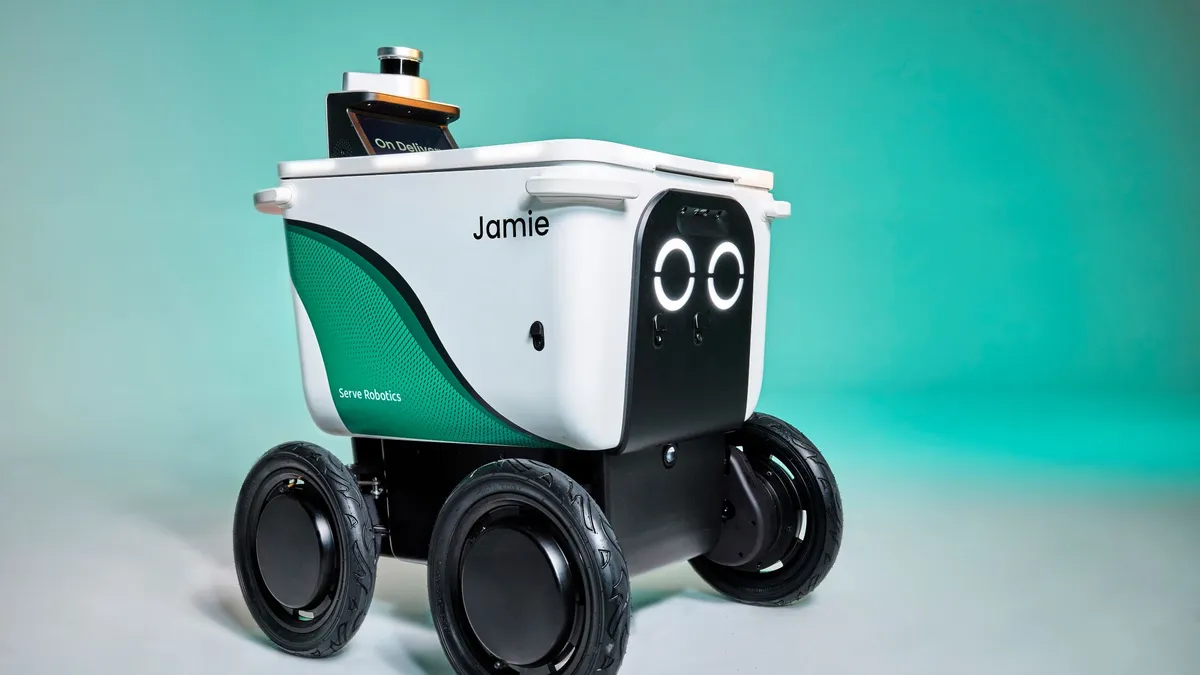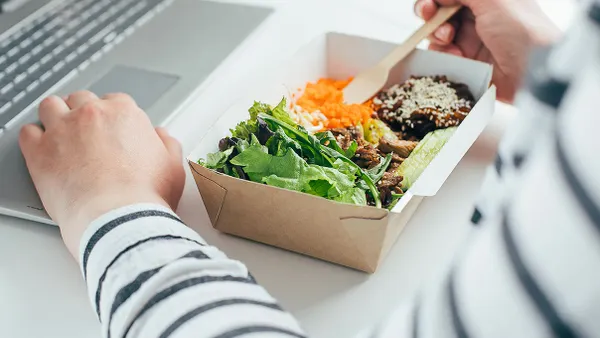McDonald's announced in November 2020 a comprehensive growth strategy, called Accelerating the Arches, that targets digital and drive-thru, two major platforms driving sales gains for the company. The new innovation push comes amid strong pandemic performance for the burger giant.
Much of this success builds on technology investments McDonald's made prior to the pandemic, such as deploying Dynamic Yield's artificial intelligence technology at the drive-thru to enable new voice technology, mobile ordering contactless pay to speed up service times, which have shrunk by nearly 30 seconds since 2019. The company believes these speed improvements will be sustainable going forward, Joe Erlinger, president of McDonald's USA, said in November.
"Convenience now has also evolved to encompass safety," McDonald's CEO Chris Kempczinski told Fortune. "The idea of 'The faster I can get in and out of a place, the safer it is.'"
McDonald's also expanded the number of restaurants offering delivery, roughly nine-fold since 2017 to about 28,000 locations, and the company plans to enhance the experience by allowing diners to order delivery on the McDonald's app in some markets, which is already available in select global segments.
Looking to 2021, McDonald's is banking on a new digital pillar, a loyalty program called MyMcDonald's, to optimize its technological efficiency, deepen customer satisfaction and bolster its digital power.
Loyalty could unlock new daypart engagement through personalization
McDonald's is piloting the program at select Phoenix, Arizona, restaurants before launching nationwide in 2021. The program offers personalized order suggestions and deals at the chain's kiosks, mobile app and digital menu boards at the drive-thru.
The more customers engage with MyMcDonald's, the more customized these suggestions will become, which the chain hopes will secure strong diner retention and convert diners into regulars. The chain already provides customized drive-thru menu displays in many locations based on factors such as time of day and what the diner is ordering at that time; for example, the display might prompt a drive-thru customer to order a blueberry muffin to accompany a McCafe coffee item.
"We couldn't be more excited about what lies ahead. We'll use technology to transform our customers' experience in every channel and every market … increasing the speed of service … making it more personal … making it more convenient … and delivering better value. We will set a whole new standard for ourselves and for our industry," Lucy Brady, McDonald's chief digital customer engagement officer, said during the company's investor presentation.
Brady added the MyMcDonald's program in the U.S. is a spend-based "earn and burn" model; diners will earn points for every dollar they spend. She said the loyalty program has the opportunity to scale consumer engagement across dayparts.
"With coffee, obviously, there's a habitual nature," Brady said. “But if we can get our coffee customers to engage with us [during] other dayparts, I just think there's a ton of opportunity in our menu breadth … customers will be able to enjoy as a result of our loyalty program."
McDonald's could leverage its coffee program as a major loyalty driver like Panera, said Tom Caporaso, CEO Clarus Commerce, a company that partners with businesses to develop loyalty programs.
"[McDonald's has] so many consumer touchpoints ... especially through the drive-thru, they could really unlock a lot of value and savings that could be around their coffee [like] Panera does. I think McDonald's does something like 500 million cups a day or something like that. The scale is astounding," Caporaso said. "If you think about coffee, you can think about discounts on food and buy-one-get-one, there's so many opportunities because they have so much foot traffic and drive-thru traffic, they can make a pretty big impact."
McDonald's entrance into the loyalty game could have a profound ripple effect on the restaurant industry and could spark competitive rewards offerings from QSR rivals, Caporaso said. The chain will also be able to better capture valuable customer data, which will allow it to better cater to changing consumer demands and preferences.
"[McDonald's has] so many consumer touchpoints...especially through the drive-thru, they could really unlock a lot of value and savings that could be around their coffee [like] Panera does."

Tom Caporaso
CEO, Clarus Commerce
"One of the things that really excites us about digital is as customers engage with us digitally, we get to know them better. We get to understand their habits, their preferences, whether they love chicken or beef, whether they come during the week, but not on the weekends, whether they kind of lapsed and when they visit us," Brady said. "And so [we're] thinking about how we can use all of the insights as customers engage with us digitally, to then do what we call lifecycle marketing or customer relationship management."
That data will be key to perfecting the rewards program itself, Caporaso said, and evolving its digital offerings to stay relevant.
"[It's] a channel for customers to come back and share those thoughts of like ‘We'd like this, we don't like that'," he said. "In the digital world, every click, every button you touch can be tracked and can be used to make that program better. … It is not a kind of 'set and forget' program, you put it out there and crush it and hope it works. It's a real living kind of program and you have to understand what's working, what's not working? How do you add new features? How do you remove features that maybe aren't resonating with the customer, and really adapting that program over time."
Investing in drive-thru, pickup power
McDonald's is also looking to secure increased customer stickiness by optimizing loyalty at the drive-thru, the company announced in November. Seventy percent of the chain's sales in top markets came from the drive-thru during the pandemic, insulating the chain from the economic disruption restaurant concepts without the channel are suffering.
"Customers' desire for convenience, speed, and ease will only grow, and we're ready for that. We're taking steps to accelerate our phenomenal drive-thru advantage," Mason Smoot, McDonald's senior vice president and chief restaurant officer, said during the investor day.
The company had drive-thrus at two-thirds of its global locations, or 25,000 restaurants, around the world as of November, and will revamp this asset by implementing an express drive-thru lane that allows drivers to skip the line and get their orders (which may be served on a conveyor belt) faster; and by building smaller, off-premise focused restaurants primed for takeout, drive-thru and delivery with limited or no dine-in seating area. These innovations could be applied to more than 10,000 restaurants worldwide, the company said.
"Customers' desire for convenience, speed, and ease will only grow, and we're ready for that. We're taking steps to accelerate our phenomenal drive-thru advantage."

Mason Smoot
SVP and Chief Restaurant Officer, McDonald's
McDonald's is expecting annual capital expenditures of $2.3 billion, about half of which will be spent building new restaurants. New restaurants will contribute roughly 1.5% to 2% to McDonald's systemwide sales growth in 2022, according to the company.
"We are doing some work to reevaluate the role of the dining room," Erlinger said, adding that the company will add a third drive-thru window to its restaurants "that would eat into a little bit of space" that is underutilized during the pandemic. McDonald's has reopened roughly 2,000 dining rooms he said, after closing all 14,000 U.S. dining rooms earlier this year over COVID-19 concerns.
"The third window in the drive-thru allows us to pull those large or complex orders forward so that we aren't blocking the rest of the drivers behind," Erlinger said. The company will also add express pickup with dedicated parking spots for diners collecting takeout orders, and will implement technology at its stores that will prompt employees to package an order when the corresponding customer arrives at the restaurant.
Still, even as the chain prioritizes drive-thru and curbside opportunity, "we do eventually believe that people will return to the behavior of coming into restaurants," Erlinger said.
Leveraging the MyMcDonald's loyalty program at the drive-thru will also further encourage the use of mobile ordering and mobile pay at the drive-thru. Continuing to simplify menu complexity should also ensure a faster drive-thru experience and reduced operational pressure on employees, Erlinger said.
Julie Littman contributed to this article.



